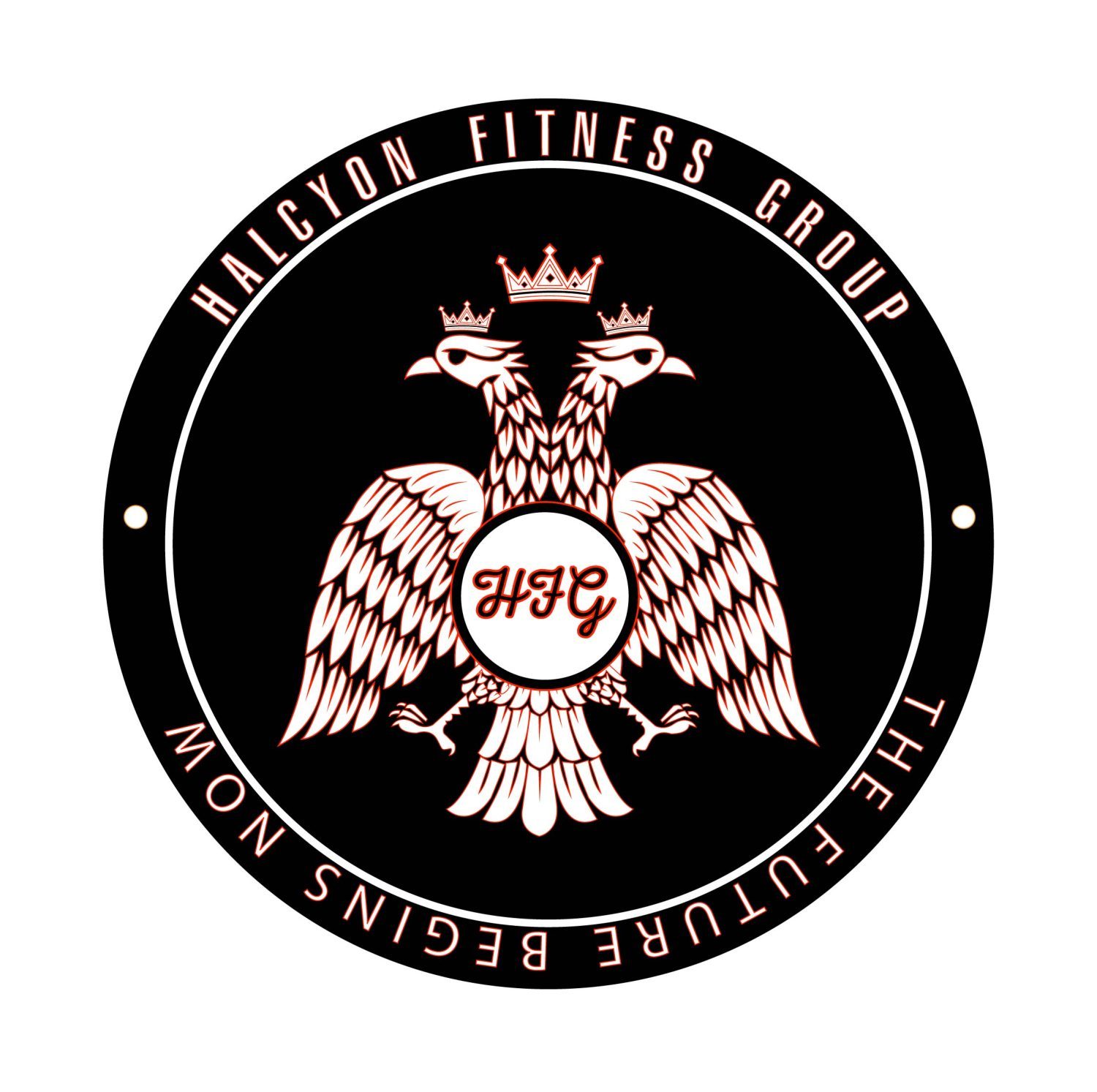When it comes to building muscle and achieving a desired physique, most fitness enthusiasts and athletes follow a cyclical approach that includes periods of bulking and cutting.
Understanding the difference between these two phases is essential for optimizing training and achieving desired results. In this article, we will discuss the key differences between bulking and cutting workouts and how the Fitness Professional can help guide you through each phase for maximum success.
Bulking Workouts: Building Muscle Mass
The primary goal of a bulking phase is to increase muscle mass through heavy resistance training and a calorie surplus. During this phase, workouts are designed to promote muscle growth by focusing on compound exercises, progressive overload, and high volume training. Key components of a successful bulking workout include:
A. Compound Exercises: These multi-joint exercises, such as squats, deadlifts, and bench presses, engage multiple muscle groups and stimulate muscle growth.
B. Progressive Overload: Gradually increasing the weight, volume, or intensity of your workouts helps to challenge your muscles and promote growth.
C. High Volume Training: Performing multiple sets with a moderate number of repetitions (e.g., 8-12 reps) allows for adequate stimulus to trigger muscle hypertrophy.
Cutting Workouts: Reducing Body Fat
The goal of the cutting phase is to reduce body fat while maintaining as much muscle mass as possible. During this phase, workouts are designed to increase calorie expenditure and maintain muscle strength. Key components of a successful cutting workout include:
A. Increased Cardiovascular Exercise: Incorporating more cardio into your routine, such as steady-state or high-intensity interval training (HIIT), can help increase calorie expenditure and promote fat loss.
B. Resistance Training Maintenance: Continuing to perform resistance training helps to preserve muscle mass and strength during the cutting phase.
C. Circuit Training: Combining resistance exercises with short rest periods keeps the heart rate elevated, leading to greater calorie burn and improved muscular endurance.
Nutritional Considerations
In addition to workout modifications, nutrition plays a crucial role in the success of both bulking and cutting phases:
A. Bulking: Consuming a calorie surplus, with an emphasis on high-quality proteins, complex carbohydrates, and healthy fats, provides the necessary fuel for muscle growth and recovery.
B. Cutting: Following a calorie deficit while still prioritizing protein intake helps to promote fat loss while preserving muscle mass.
The Role of the Fitness Professional in Bulking or Cutting
Fitness professionals can give you access to resources and education that can help you create effective workout plans for clients during both the bulking and cutting phases.
Understanding the differences between bulking and cutting workouts is essential for achieving optimal results in muscle growth, body composition, and overall fitness. By following these guidelines set forth and adapting workouts and nutrition plans to align with specific goals, fitness enthusiasts and professionals can successfully navigate the cycles of bulking and cutting to achieve their desired physiques.
The Differences Between Bulking and Cutting Workouts









You must be logged in to post a comment.